- June 5, 2020
- Perspectives
The 9Cs of Bicycle and Pedestrian Facility Planning and Design
Thinking Beyond Curbs and Rights-of-Way
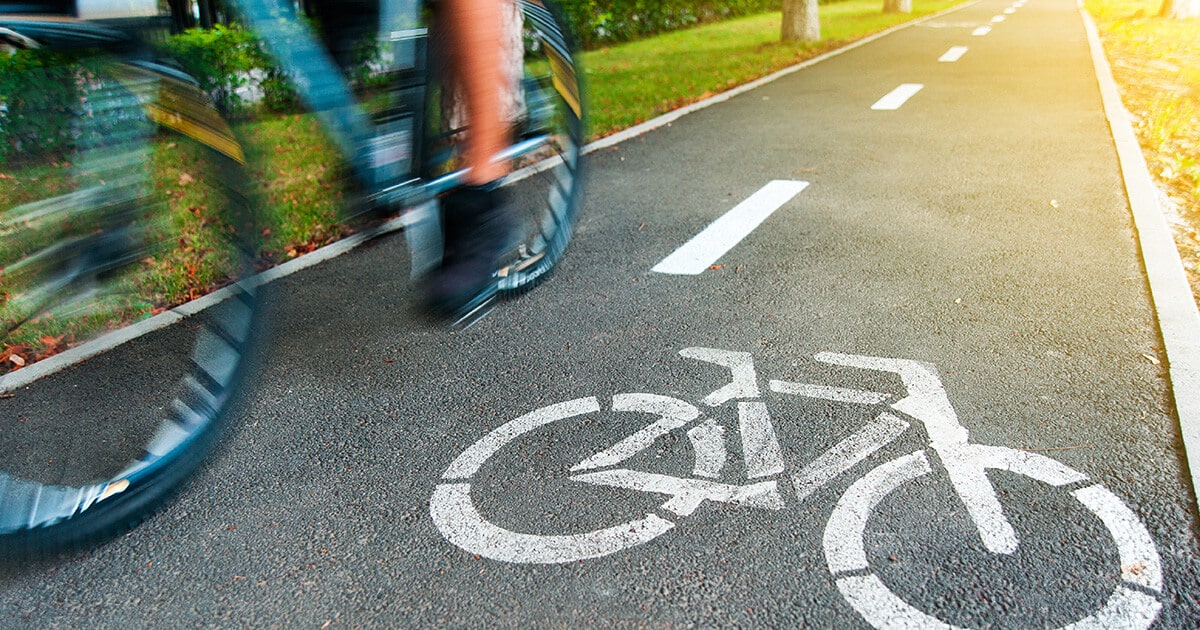

Jeff Whitacre, P.E., PTP, AICP
Transportation Planner
What prevents most people from embracing bicycling and walking as modes of transportation in the United States? I’ve thought a lot about this in my 15-year career as a transportation planner in Dallas-Fort Worth, TX (DFW). As a rider and a passionate traveler, I have been fortunate to travel to other countries and bring home lessons learned. I have experienced the crown jewels of cycling: Amsterdam, Copenhagen, Bogota (my personal favorite) as well as Portland, OR and Washington, D.C.
During the COVID-19 stay-at-home order, I had the opportunity to think more deeply about bicycling as a mode of travel and further my understanding of the cycling culture in other countries. I began my research with the online course “Unraveling the Cycling City,” offered by the University of Amsterdam.
This course revealed that not too long ago, the cycling crown jewels I had visited were like DFW today. The course didn’t provide a silver bullet for making DFW the next cycling mecca, but it did offer incentive for planning and designing bicycle facilities and identified three basic steps that help create a culture open to cycling as a primary mode of transportation:
1. Consider User Experience
Think beyond rights-of-way and put more importance on the user’s experience of cycling when planning and designing the facility. For example, artwork on a bicycle way is impactful to the user because they can enjoy it at slow speeds.
2. Challenge the Norm
Understand that planning and design best practices are continuously evolving and challenging the norm.
3. Look at the Laws
Question whether the same laws for motorists should apply to bicycle facilities.
Another, less formal aspect of my research includes my own personal experiences during the lockdown. Rather than driving my car, I took to bicycling or walking for my trips outside the house. Although I took the same routes as before the stay-at-home order, I began looking at them more critically.
Most of my trips consisted of riding my bike to my favorite coffee shop about two miles from my house. Half of the route includes low-volume, two-lane rural roadways and the other half is a divided four-lane minor arterial road. I am not a strong and fearless rider, so I typically like to be separated from the roadway. The arterial does not currently have a bike lane, so I usually ride on the sidewalk (which is legal in this area). However, because the traffic is light due to the stay-at-home order, I have been riding directly on the roadway. What a better ride!
"Carefully breaking down the user’s experience is what transportation planners need to consider when planning and designing bicycle and pedestrian facilities."
– Jeff Whitacre, P.E., PTP, AICP
Carefully breaking down the user’s experience is what transportation planners need to consider when planning and designing bicycle and pedestrian facilities. We don’t know what the world will look like after COVID-19, but we can take this pause to think through alternative ways to reimagine our transportation networks. My colleague, Carol Kachadoorian, a former Senior Planner with Toole Design Group, and I created this checklist of important considerations for pedestrian and bicycle facilities.
The 9 Cs of Bicycle and Pedestrian Facility Planning and Design
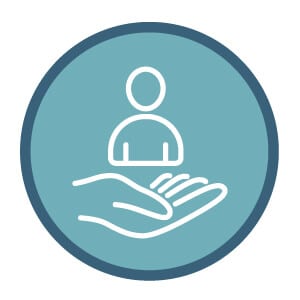
Comfortable
Emphasize a sense of safety and reliability for all users.
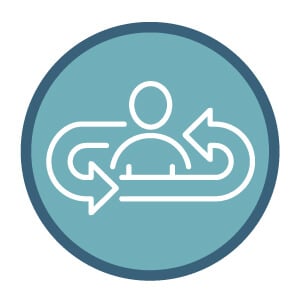
Continuous
Ensure users are not forced to navigate potentially risky conflicts in intersections and sidewalk gaps.

Constructible
Anticipate the cost-effectiveness and maintenance of the facility.
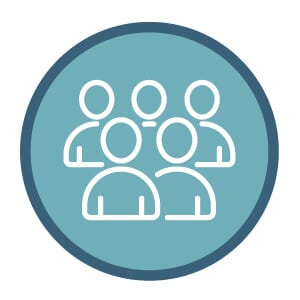
Compliant
Consider ALL users’ accessibility and regional and local laws.

Connected
Ensure functionality and convenience for all users. Provide a continuous network to business and critical destinations.

Coherent
Enhance awareness for users and motorists. Provide markings, wayfinding, maps, etc.
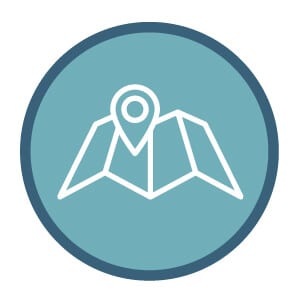
Complete
Consider all facility needs and locations. Integrate with other modes of alternative transportation.

Culture
Recognize local, regional, and national influences.

Context
Think about experience and social interaction.
For a more in-depth discussion of the 9Cs, view the on-demand webinar.
About the Author

Jeff Whitacre, P.E., PTP, AICP
Jeff is a transportation planner with more than 15 years of experience in traffic operations and transportation planning, bicycle and pedestrian infrastructure planning and design, master thoroughfare planning, traffic impact studies, signal design, and transportation studies. He is passionate about moving game-changing transportation projects from a creative vision to reality and has taken his innovative plans through design and implementation.
